
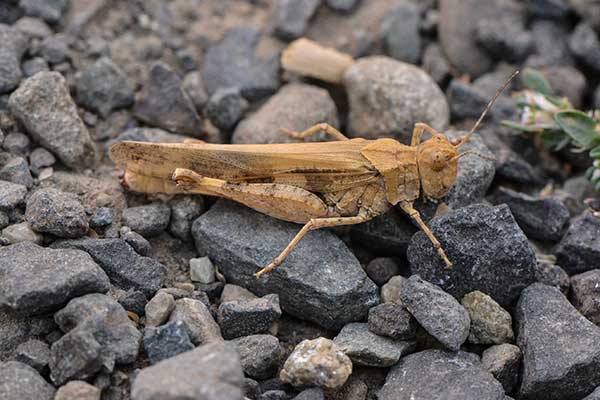

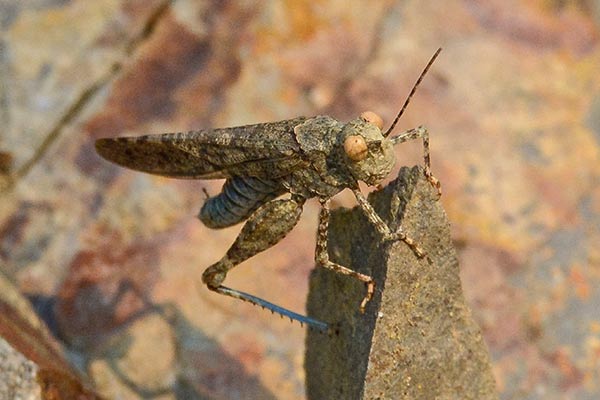




Grasshoppers - Orthoptera
Grasshoppers are most active in July and August and become available when they fall or are blown onto the river.


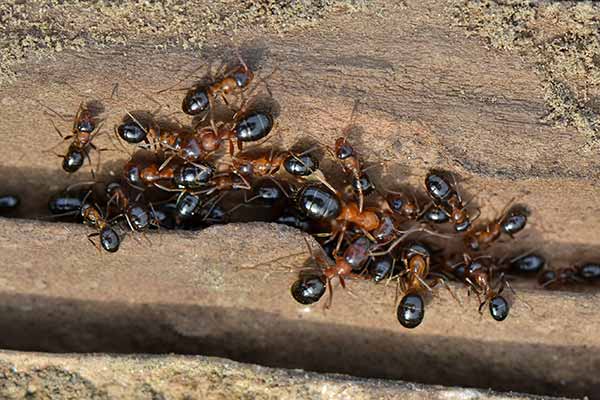
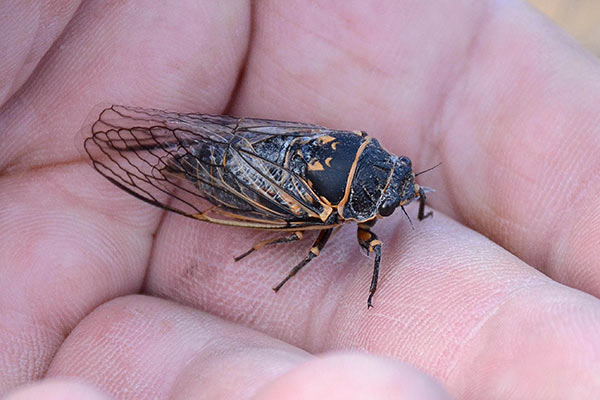
Ants - Hymenoptera / Cicada - Homoptera
Non-winged ants become trout food when they fall or are blown onto the river from overhanging plants. Winged ants, also known as reproductive ants or alates, are queens and males that leave the colony to mate and establish new colonies. They land, fall, or are blown onto the river much more frequently than non-winged workers. Winged carpenter ants are a particular favorate. Cicada populations are generally small but hatch in good numbers every few years.
Other Terrestrials: Beetles - Hemiptera / Bees - Hymenoptera / Flies - Diptera / Bugs - Hemiptera. Beetles of various kinds are more available due to larger numbers found in plants bordering the river.
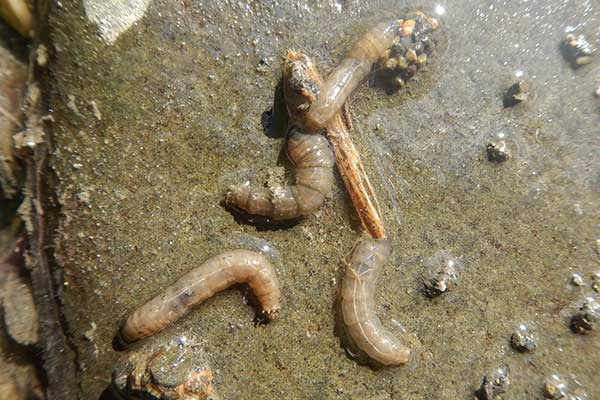

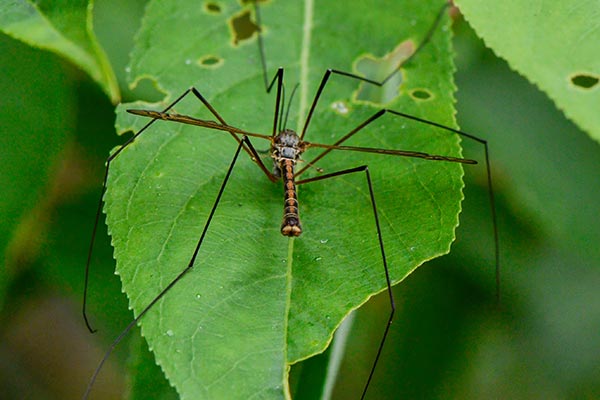

Cranefly - Tipuloidea. Larvae can be found in both aquatic and terrestrial environments.
Larvae, both aquatic and terrestrial, are available in small numbers year-round, particularly during periods of high water. Adults are a favorite food item and most active in June, July, August and September.
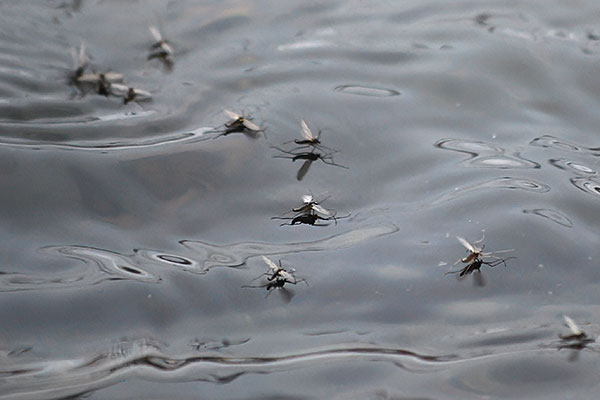
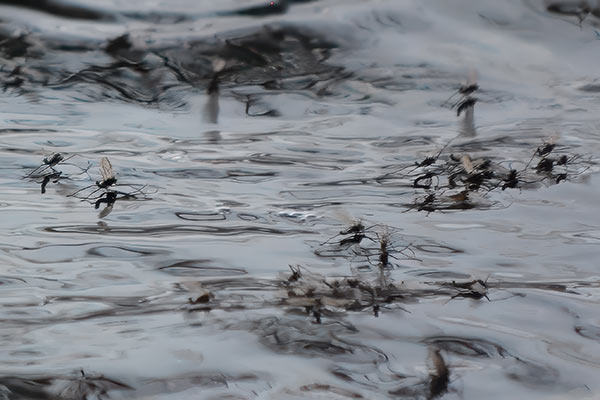
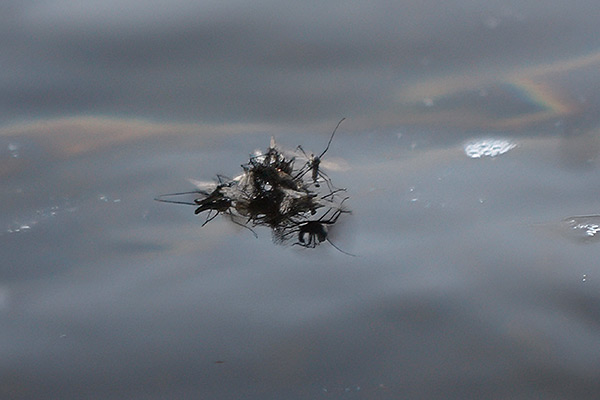
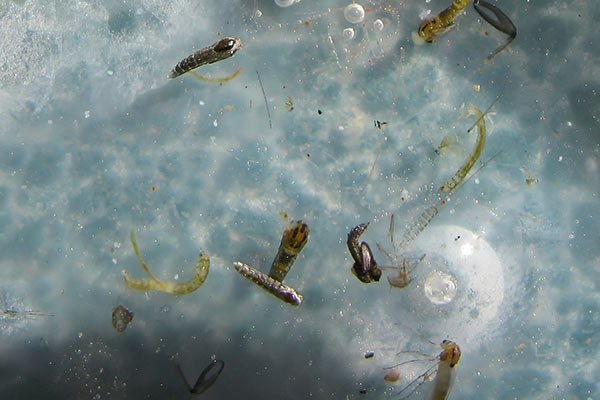
Midges - Diptera / Chironomidae
Larvae are available year-round; pupae and adults are most active in November and December and again in February and March. Midges emerging in February and March gather in mating clusters in eddies and seams.
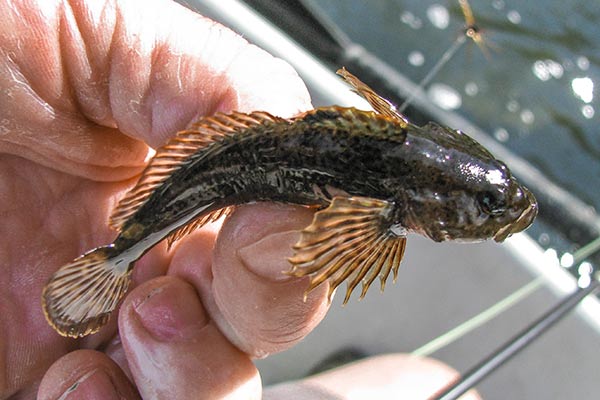
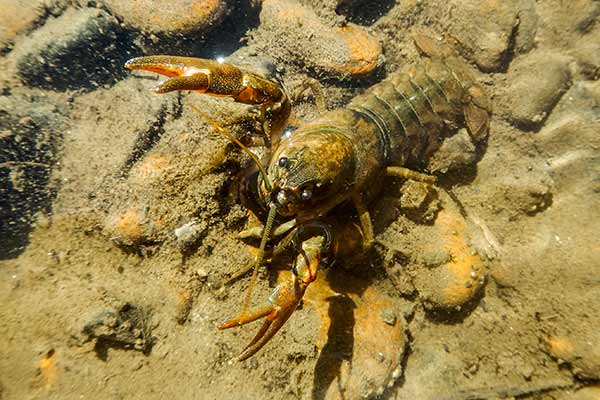

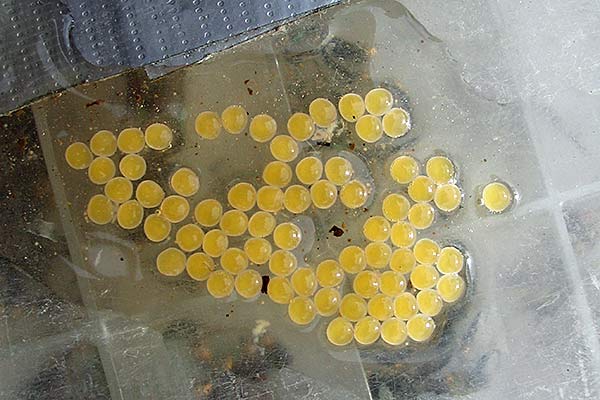
Sculpin - Crayfish - Aquatic worm - Whitefish eggs
Sculpin are available year-round. Salmon smolts (not pictured) are available when the hatcheries release large numbers in the upper stretches of the river. Crayfish are available year-round. Small crayfish and individuals that have recently shed their exoskeleton are preferred; the new exoskeleton is much softer. Aquatic worms are available in small numbers year-round, particularly during periods of high water. Terrestrial worms are available during heavy rains and when the river is very high. Whitefish spawn in late fall.
Website and Photos by Bruce Skotland. All rights reserved.